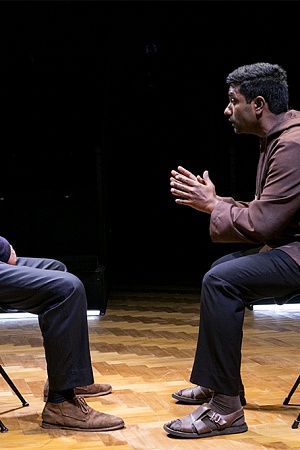Uncle Vanya

Straddling broad comedy and genuine pathos, Uncle Vanya, first produced in 1899, is a very tricky play indeed. The main characters are mostly puffed up with delusion and fuelled by romantic fantasy. They use mordant self-deprecation alongside flights of fancy to express their dissatisfaction with their lot. The play encourages the audience to laugh at the evident gap between these characters’ vaulting sense of how special their lives ought to be relative to their actual lives of middling privilege, conducted in middling places. And yet, behind the comedy the play offers an exquisite exploration of the ‘insignificant’ disappointments that punctuate most lives, and which, when experienced in sequence, hint at tragedy. For Uncle Vanya to succeed on stage, the production must be able to flourish in both registers simultaneously, seamlessly weaving together the play’s farcical and existential dimensions.
Continue reading for only $10 per month. Subscribe and gain full access to Australian Book Review. Already a subscriber? Sign in. If you need assistance, feel free to contact us.















Leave a comment
If you are an ABR subscriber, you will need to sign in to post a comment.
If you have forgotten your sign in details, or if you receive an error message when trying to submit your comment, please email your comment (and the name of the article to which it relates) to ABR Comments. We will review your comment and, subject to approval, we will post it under your name.
Please note that all comments must be approved by ABR and comply with our Terms & Conditions.